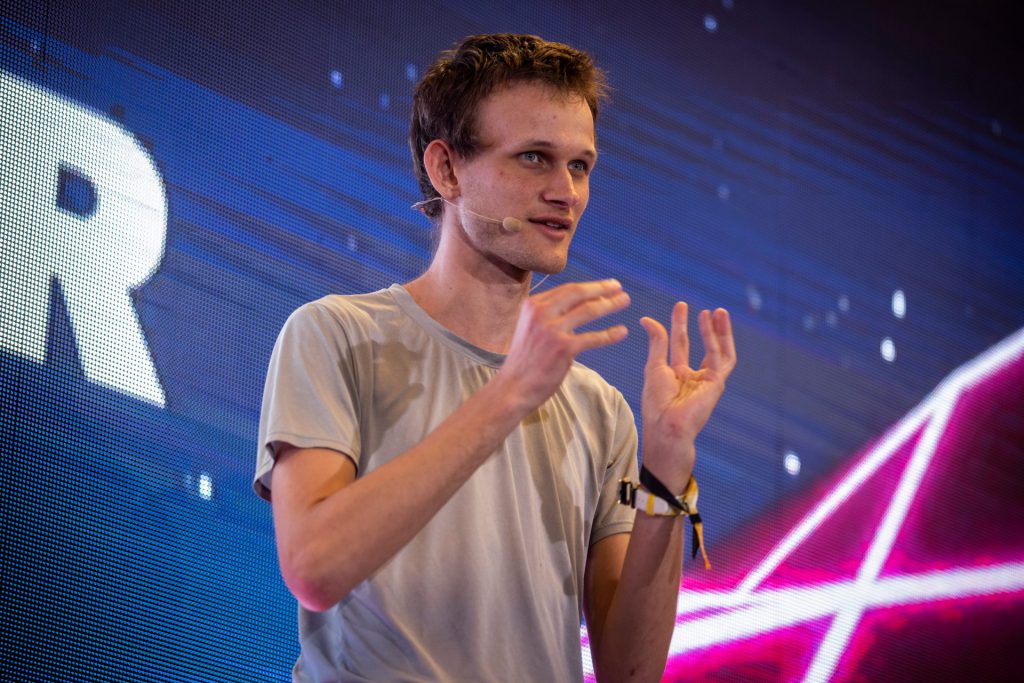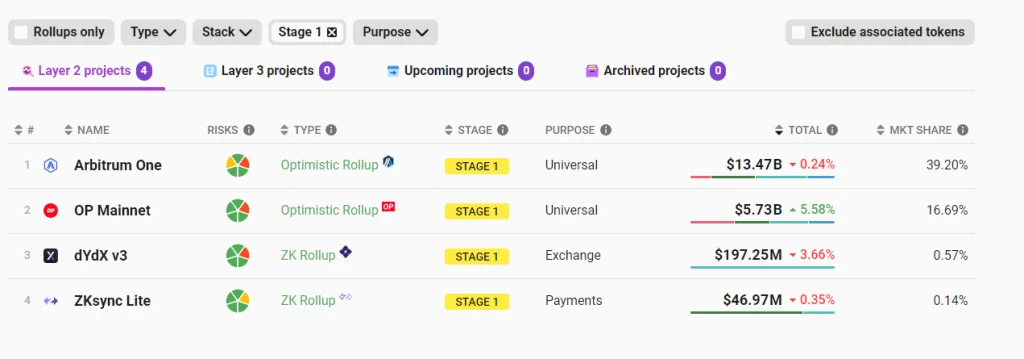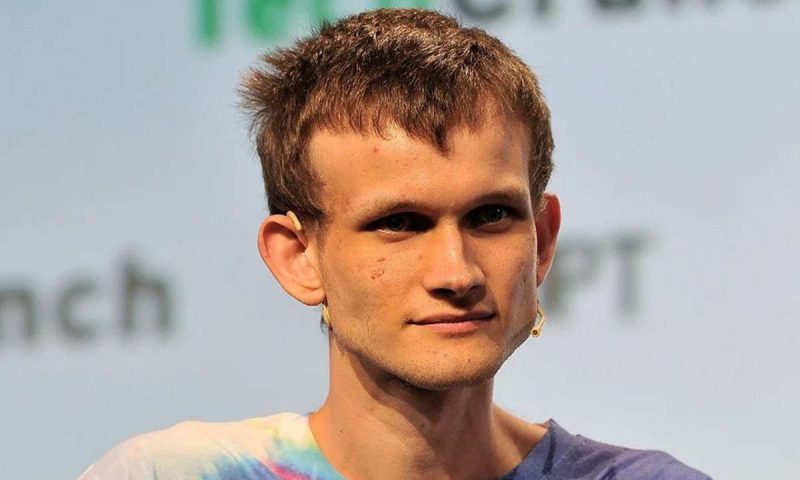Ethereum founder Vitalik Buterin has recently shared his decentralization standards for Layer 2 networks, with most of the blockchains stuck at Stage 0. Indeed, the notable crypto developer had previously developed his three-stage plan for networks. Yet, to this point, most networks don’t stack up.
That isn’t the case for Ethereum. Six of its various Layer 2 networks are already at Stage 1, according to platform L2Beat. Just last week, Buterin noted he refused to discuss any L2 that has yet to reach the Stage 1 portion of his standard. “Stage 1 or bust,” he said in a post to X (formerly Twitter).


Also Read: Vitalik Buterin Explains $2.2M ETH Wallet Dump: Market Impact
Buterin Decentralization Standard Has Most L2s at Stage 0
In 2001, Vitalik Buterin posted on a message board, discussing the stages of decentralization. In that post, he discussed Ethereum layer 2s, and their path to become fully decentralized in three distinct stages.
The first stage is described as “full training wheels,” and is designated as STage 0. This is a self-identified rollup, with rollup transactions occurring on-chain and users being able to transact without operator intervention.
Stage 1 followed,s and sees Layer-2s have an active fraud-proof and validity-proof scheme in its network Moreover, they should boast a multi-signature-based override mechanism Buterin notes as a “security council.” Yet, this requires strict conditions, including a minimum of 6 of 8 signature requirements and quorum-blocking groups.

Also Read: Vitalik Buterin’s Salary: How Much Does the Ethereum Founder Earn
The final stage would be one without training wheels and would be fully decentralized. Yet based on Ethereum founder Vialtitk Buterin’s decentralization standard, most networks are Stage 0. Indeed, only four Ethereum networks would be cited as Stage 1 blockchains.
Research from L2Beat shows that Arbitrum One, Optimism mainnet, dYdX v3, and ZKsync Lite would qualify. This means that a host of networks are lacking in either a key area, or are still being evaluated.
Many of the top networks that fail to reach Stage 1 of the criteria include Coinbase’s Base, ZKsync Era, and Starknet. Moreover, networks like SCroll and Linea have yet to reach Stage 0. Altogether, it reinforces that being placed under increased scrutiny showcases many L2s are yet to make notable headway in terms of decentralization.





